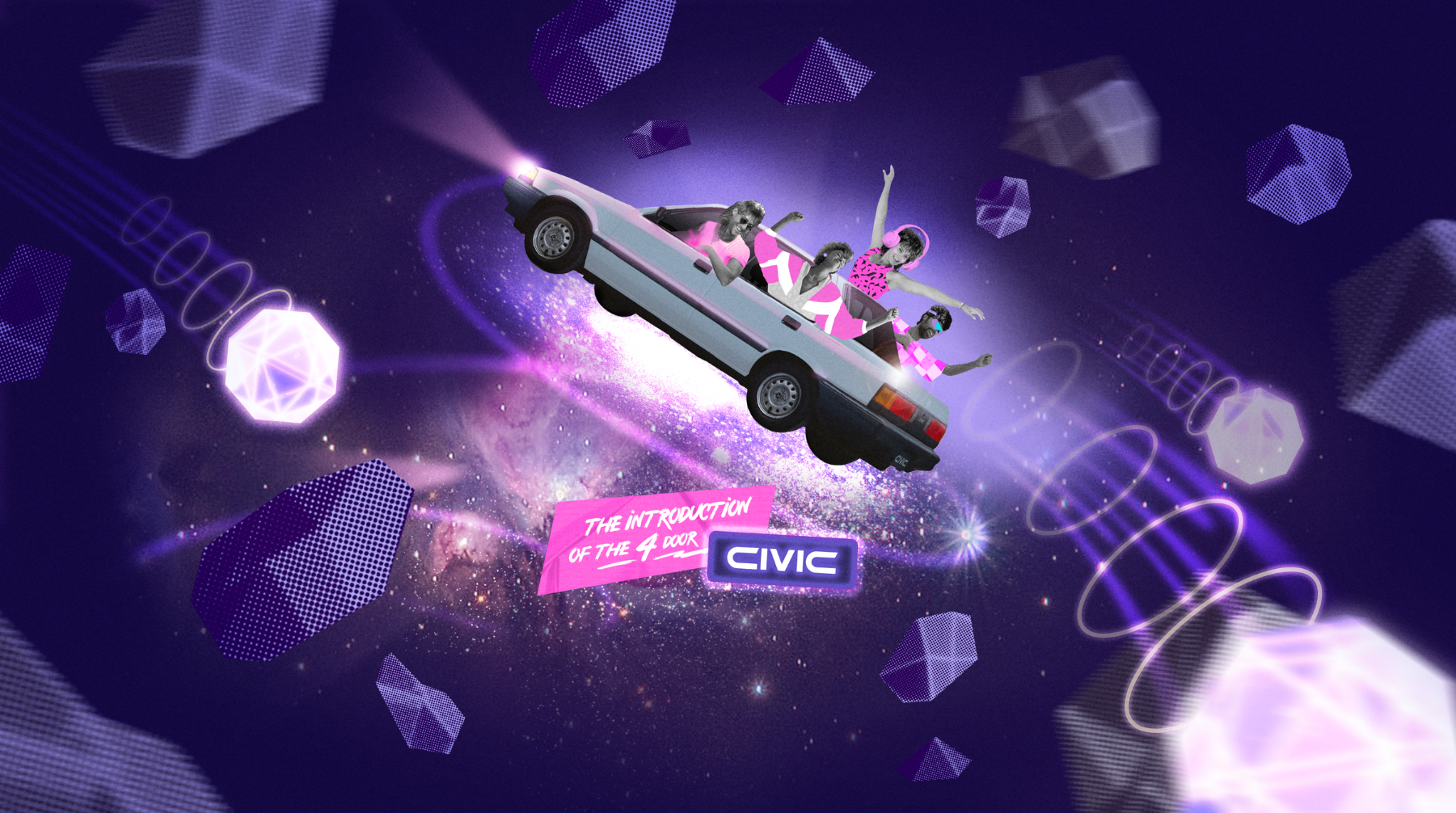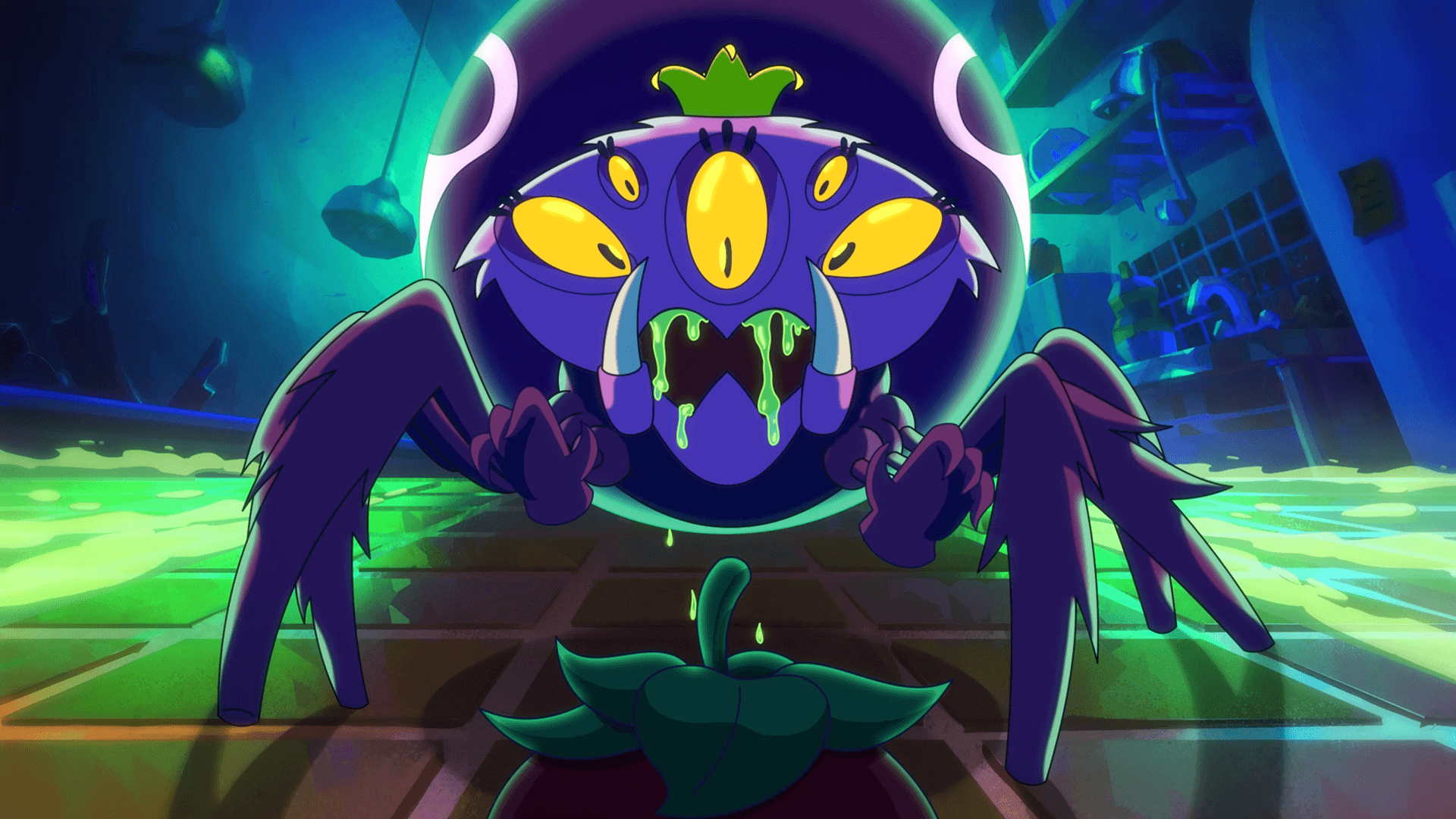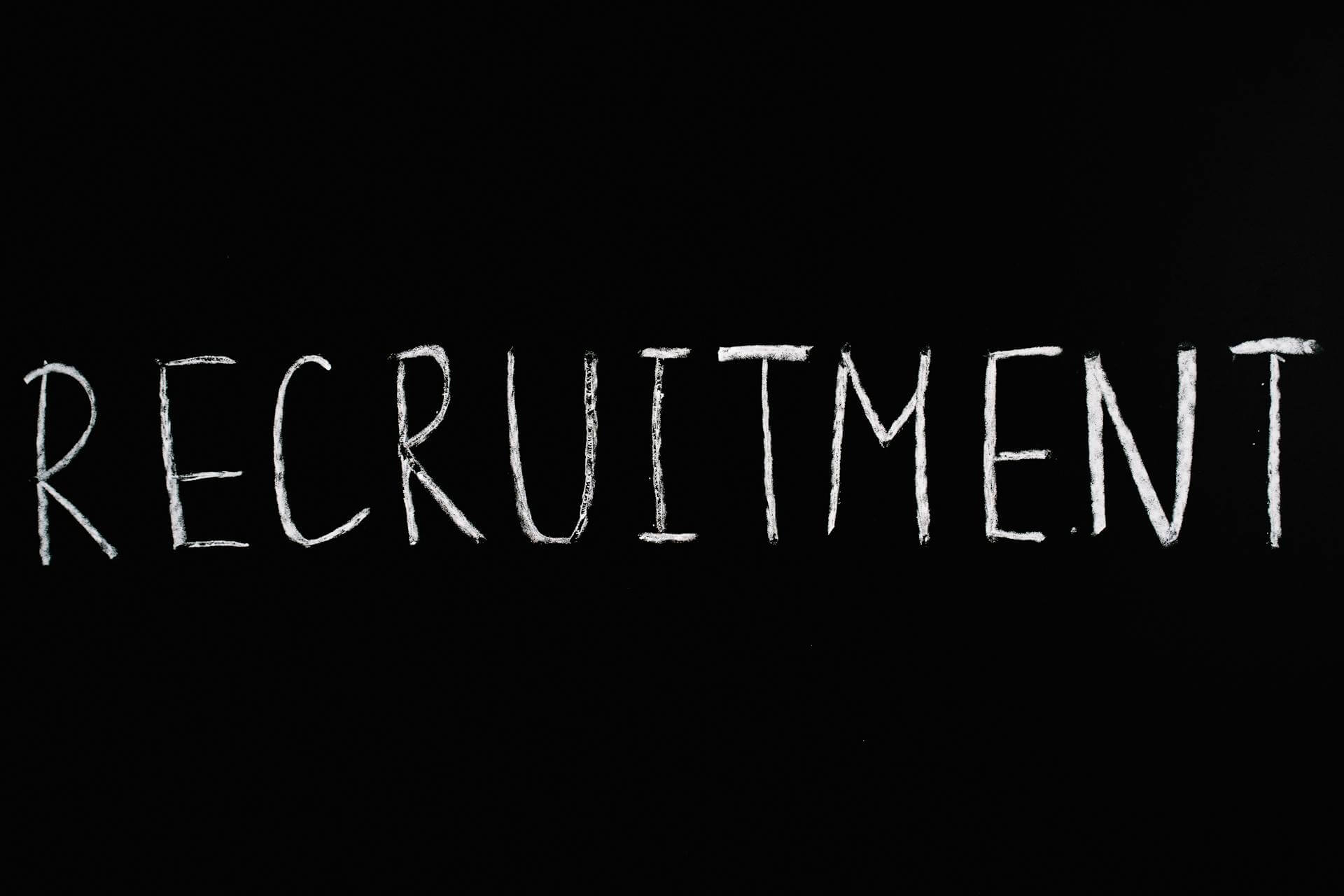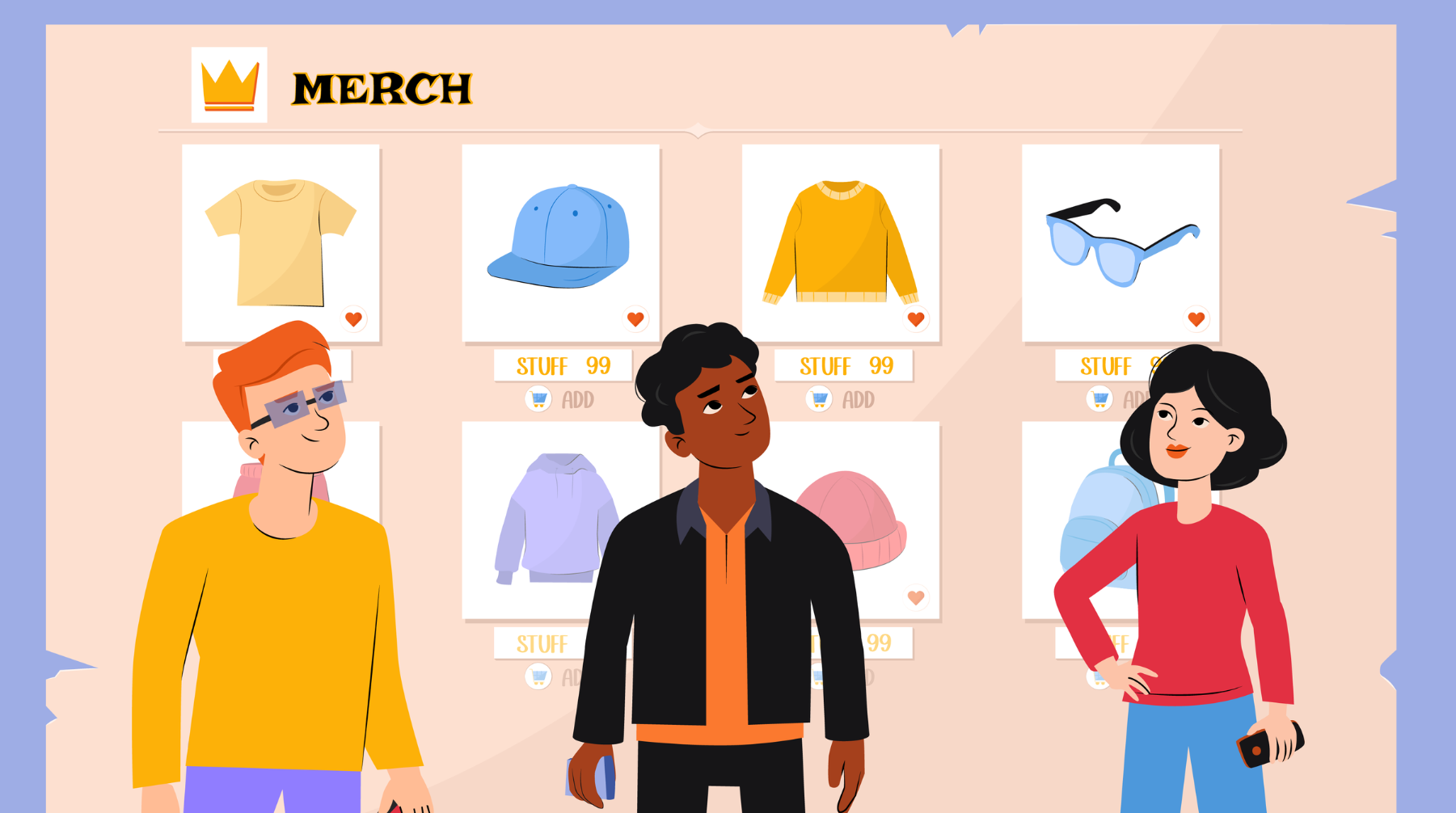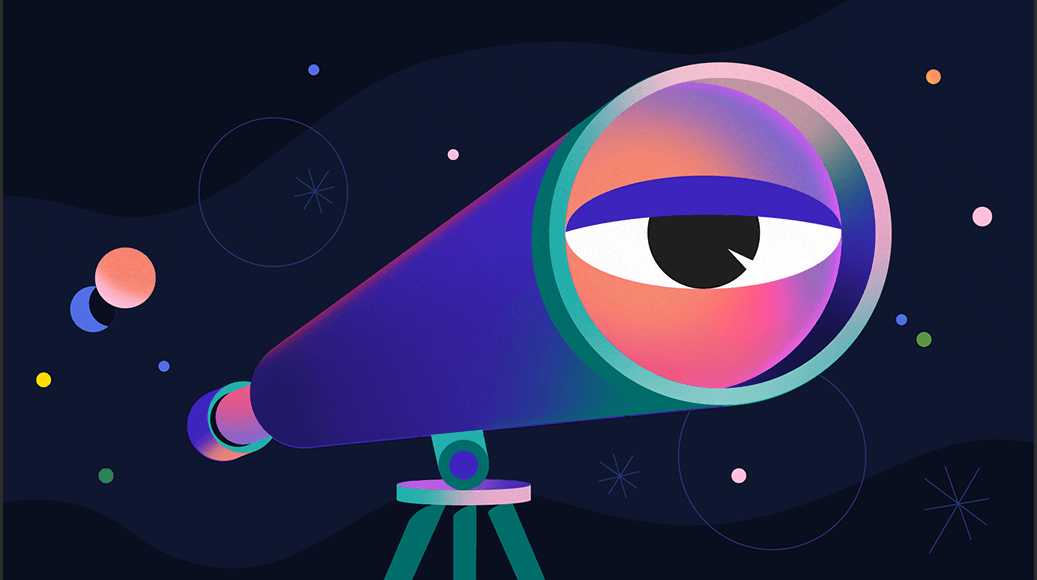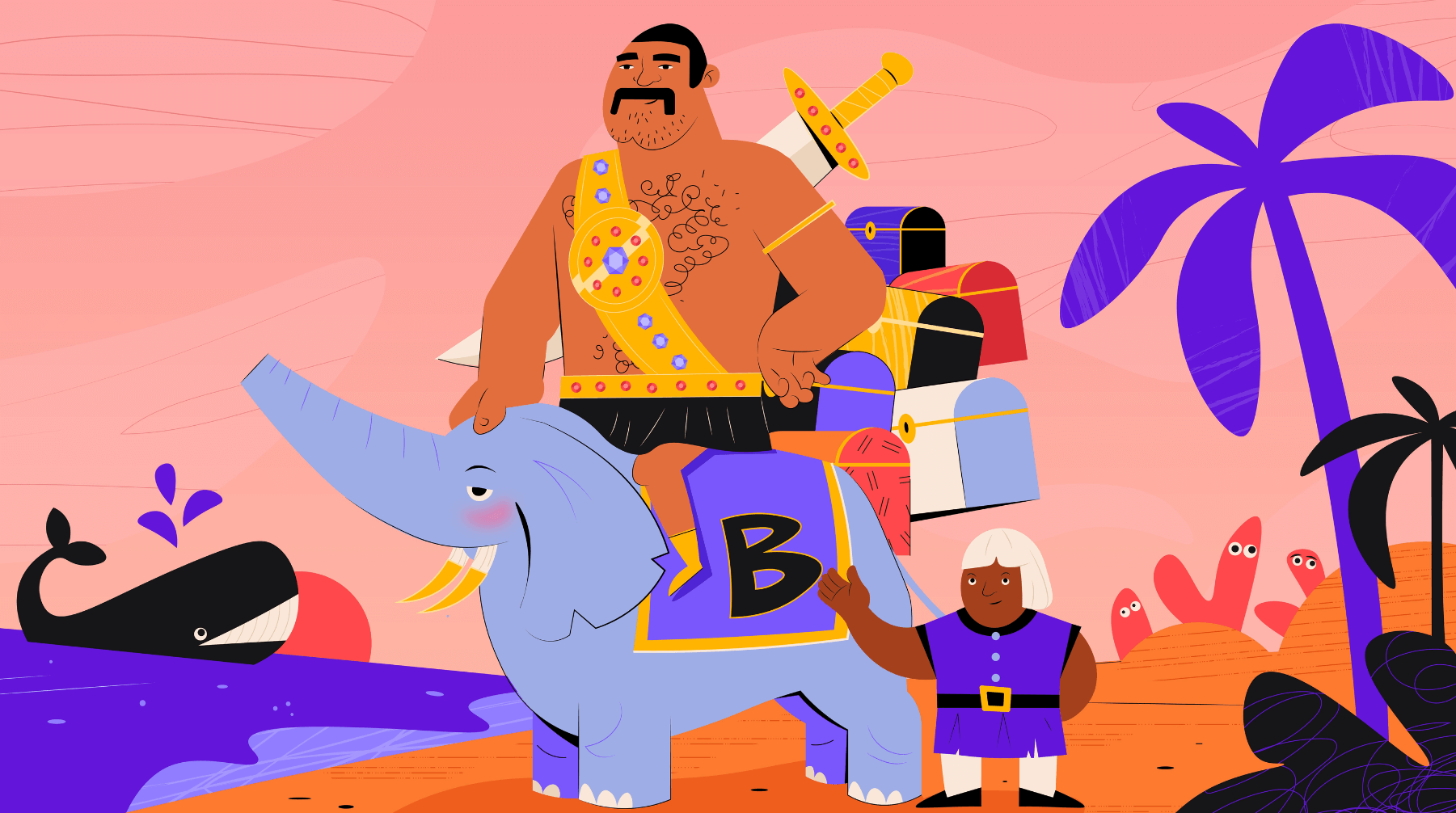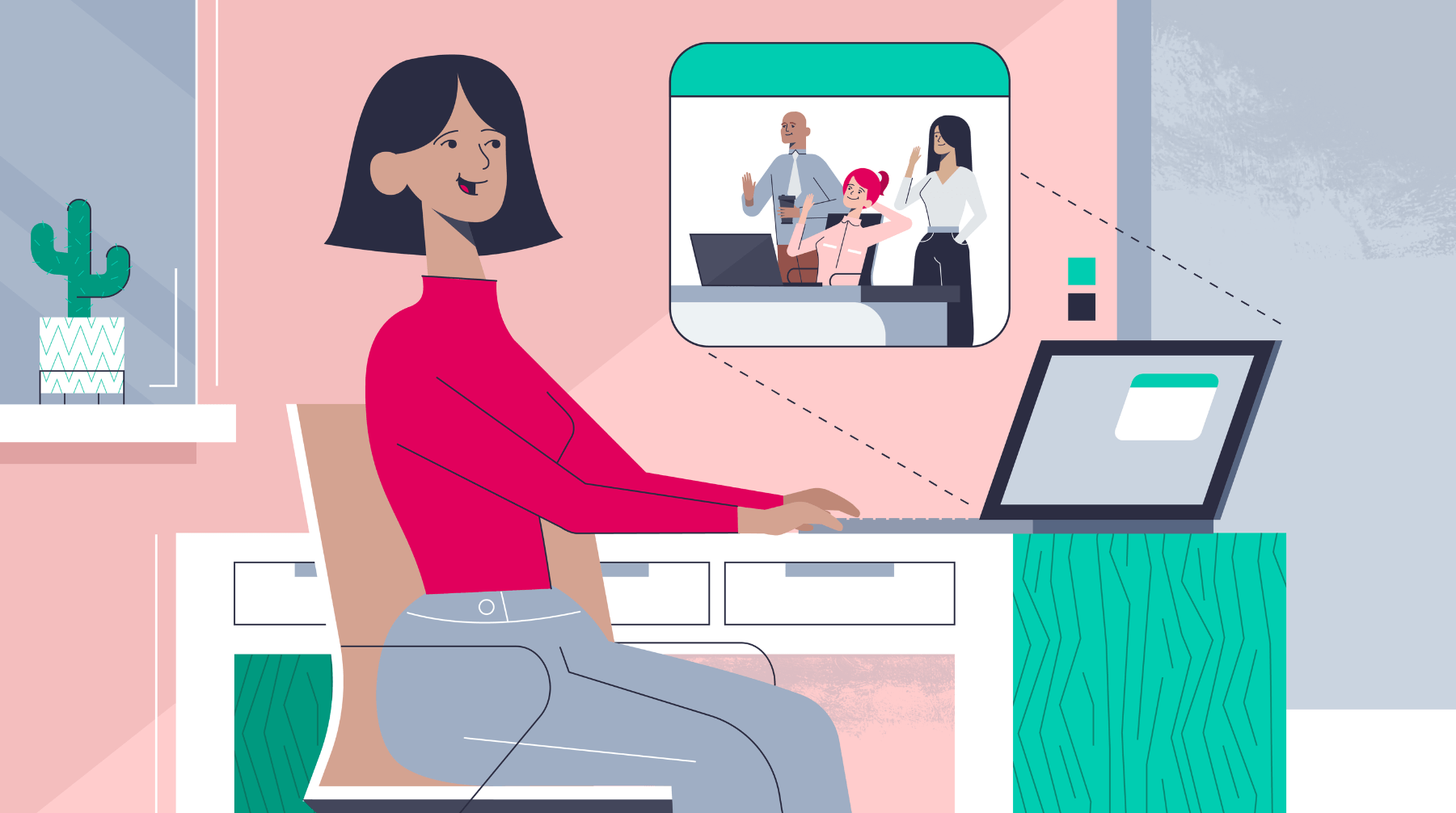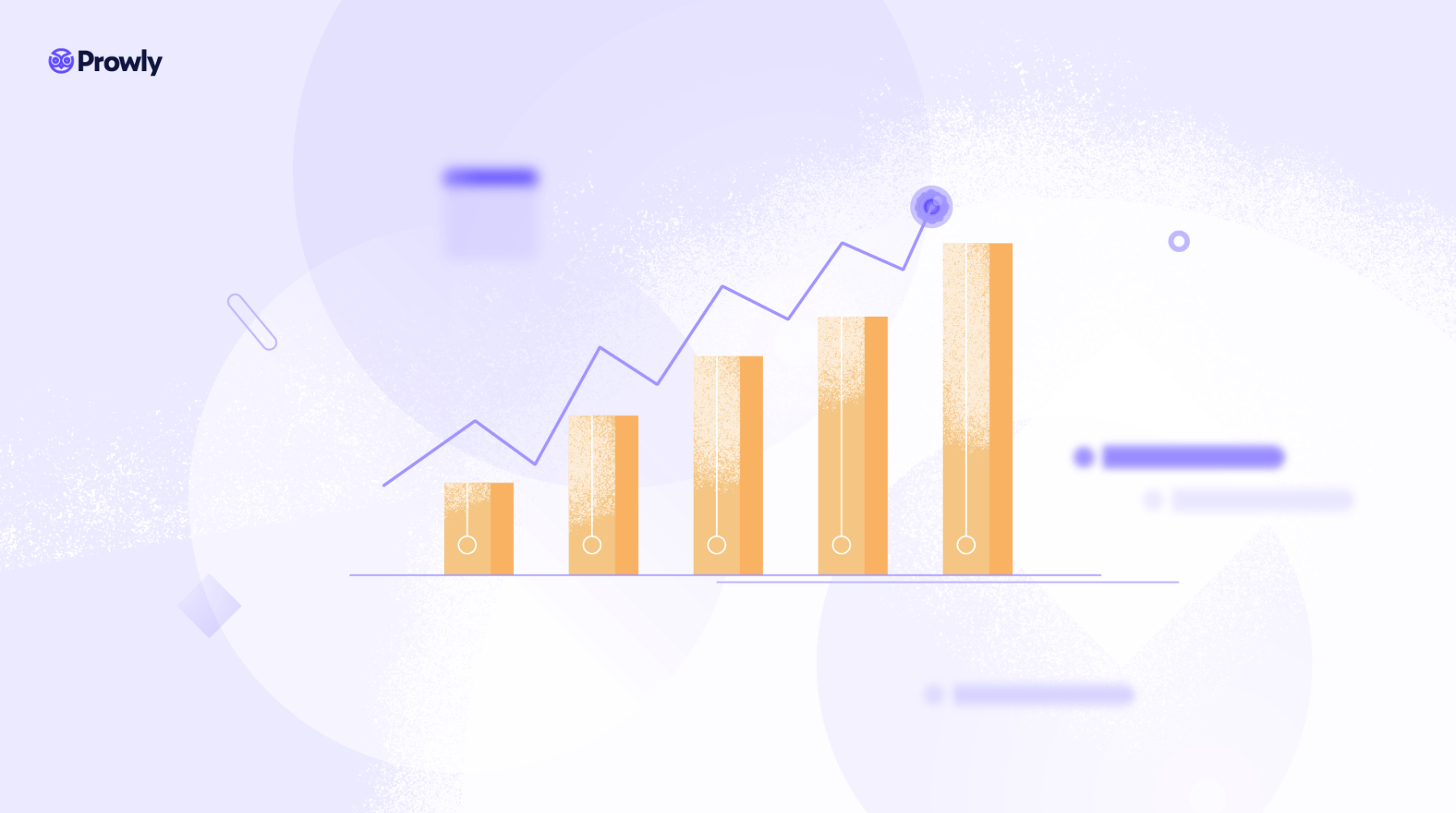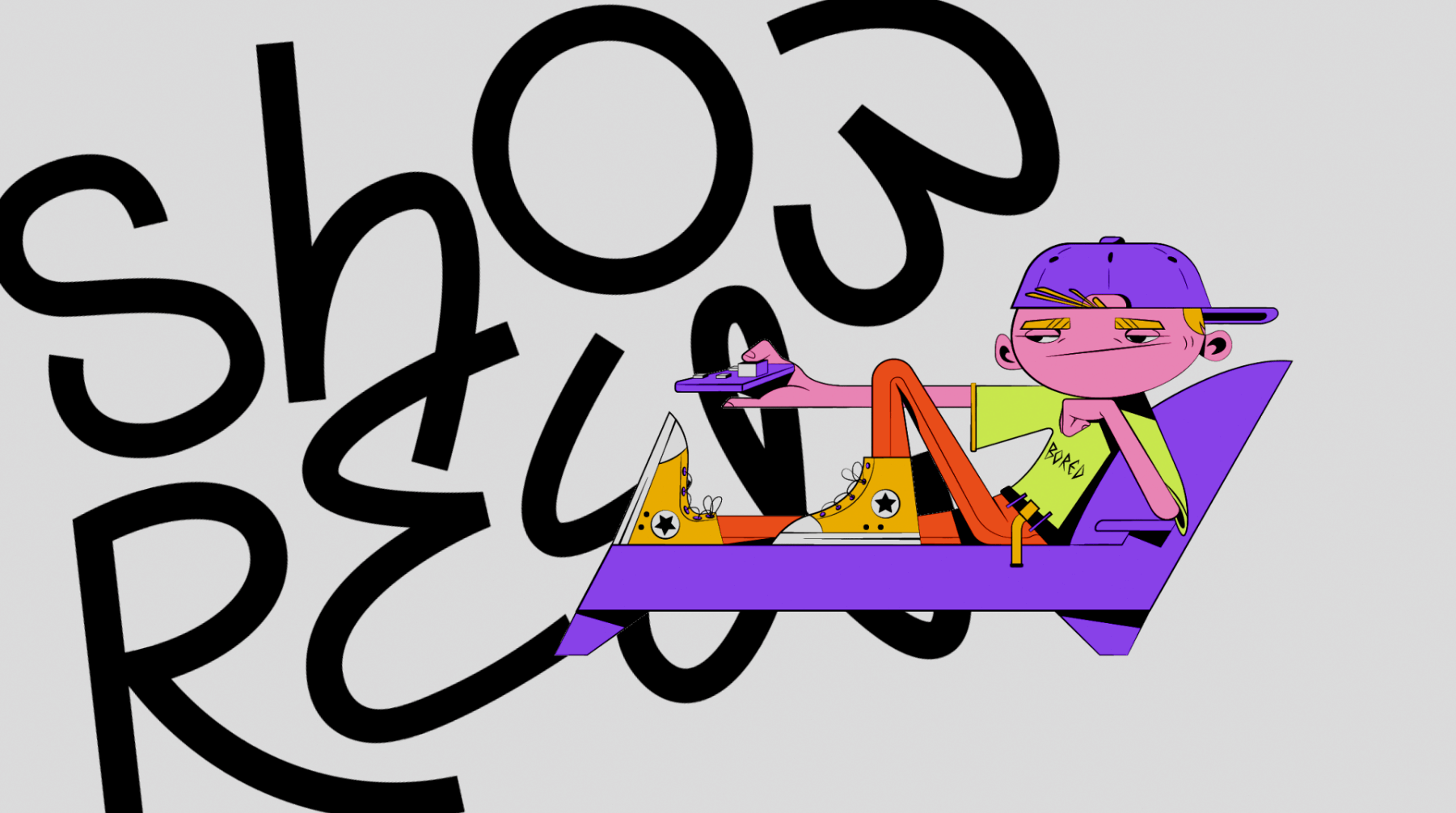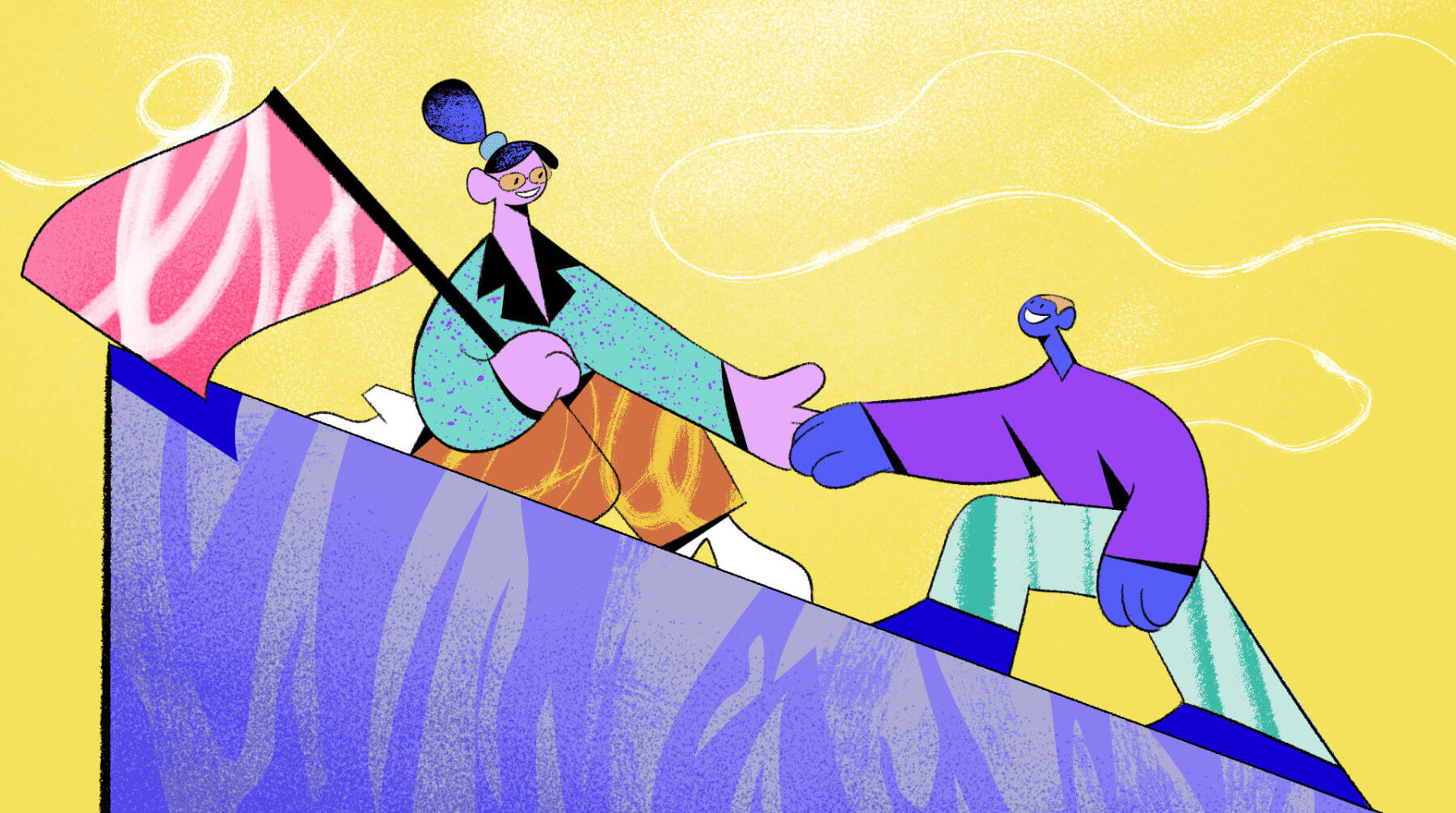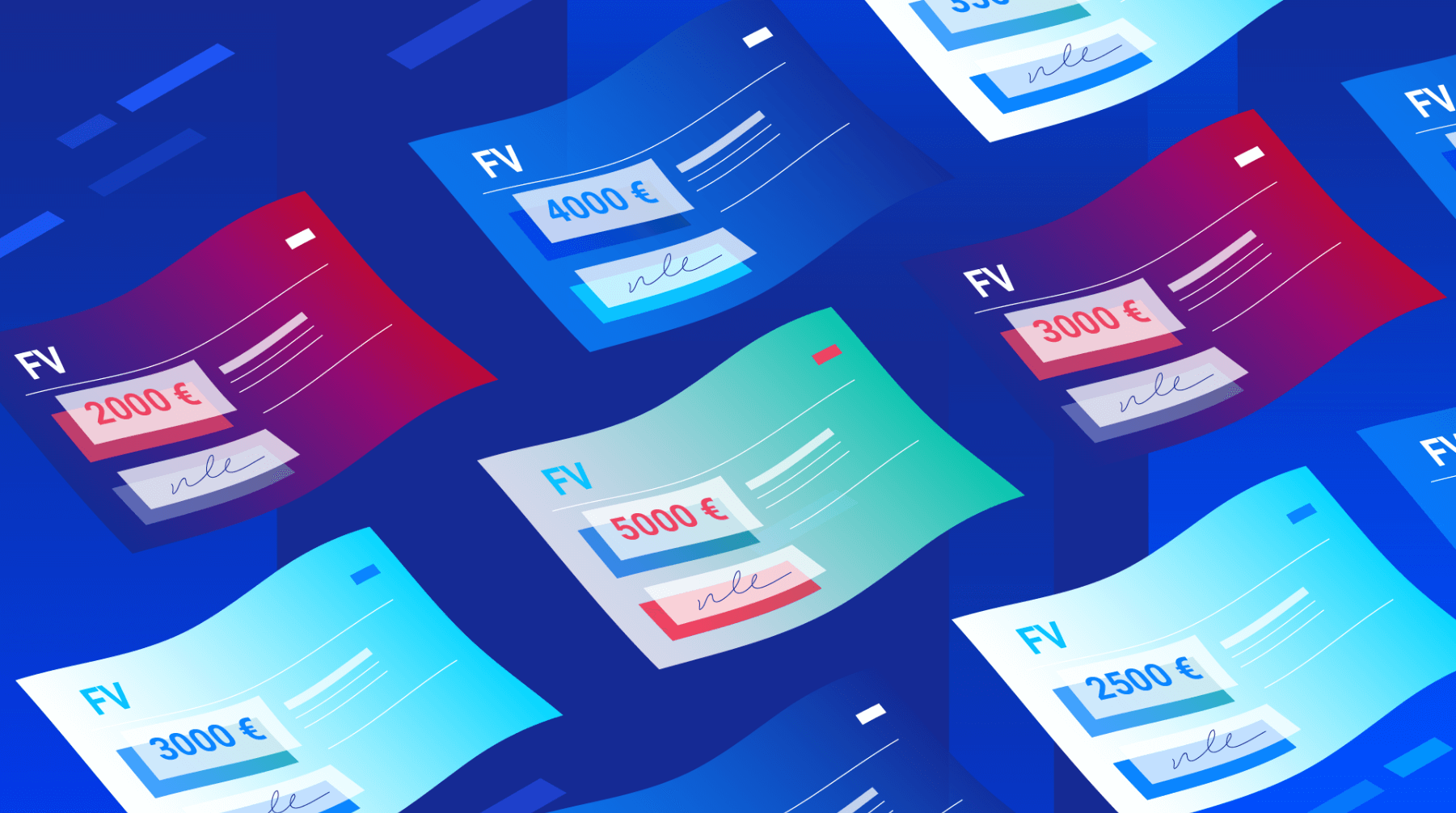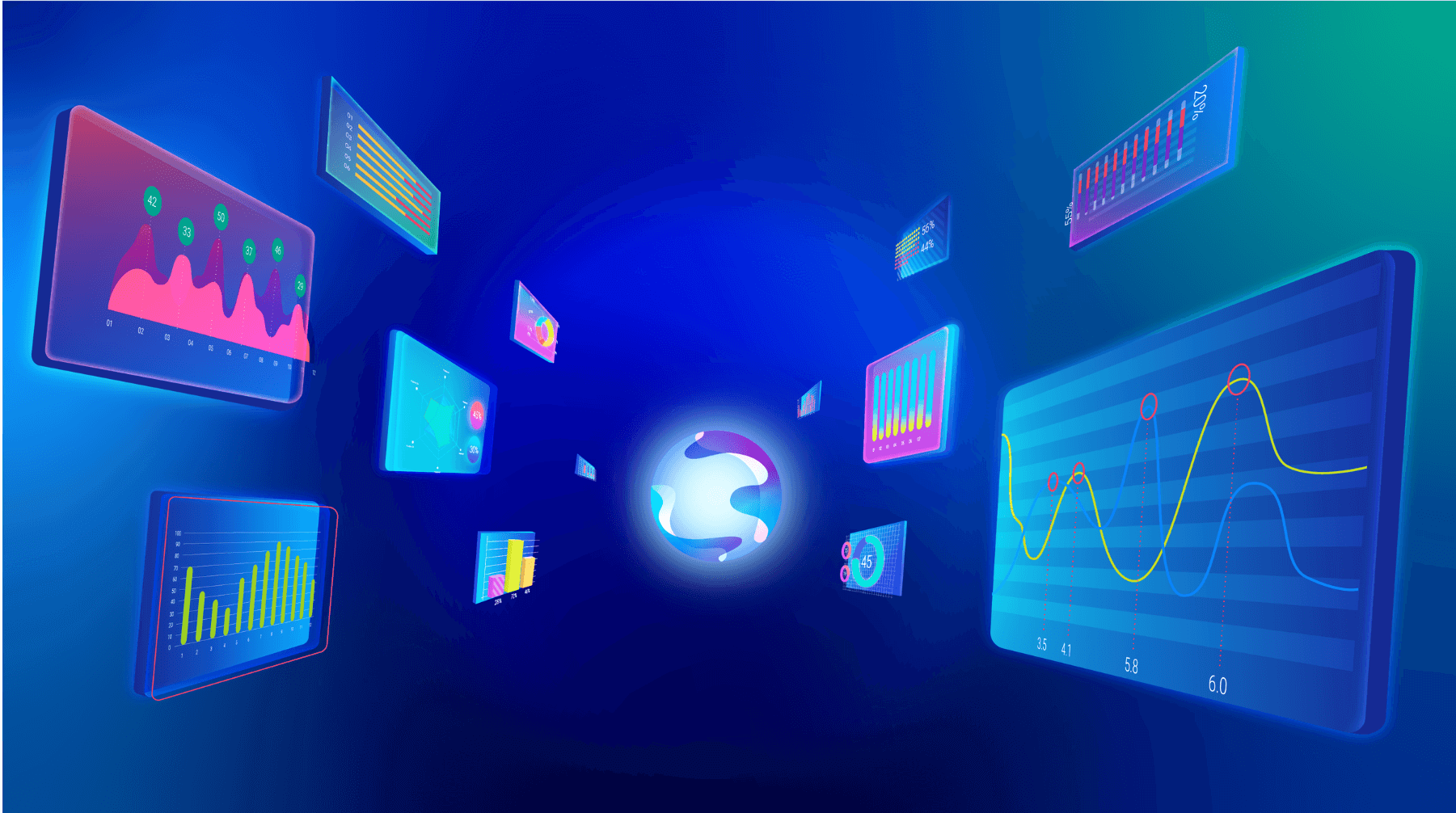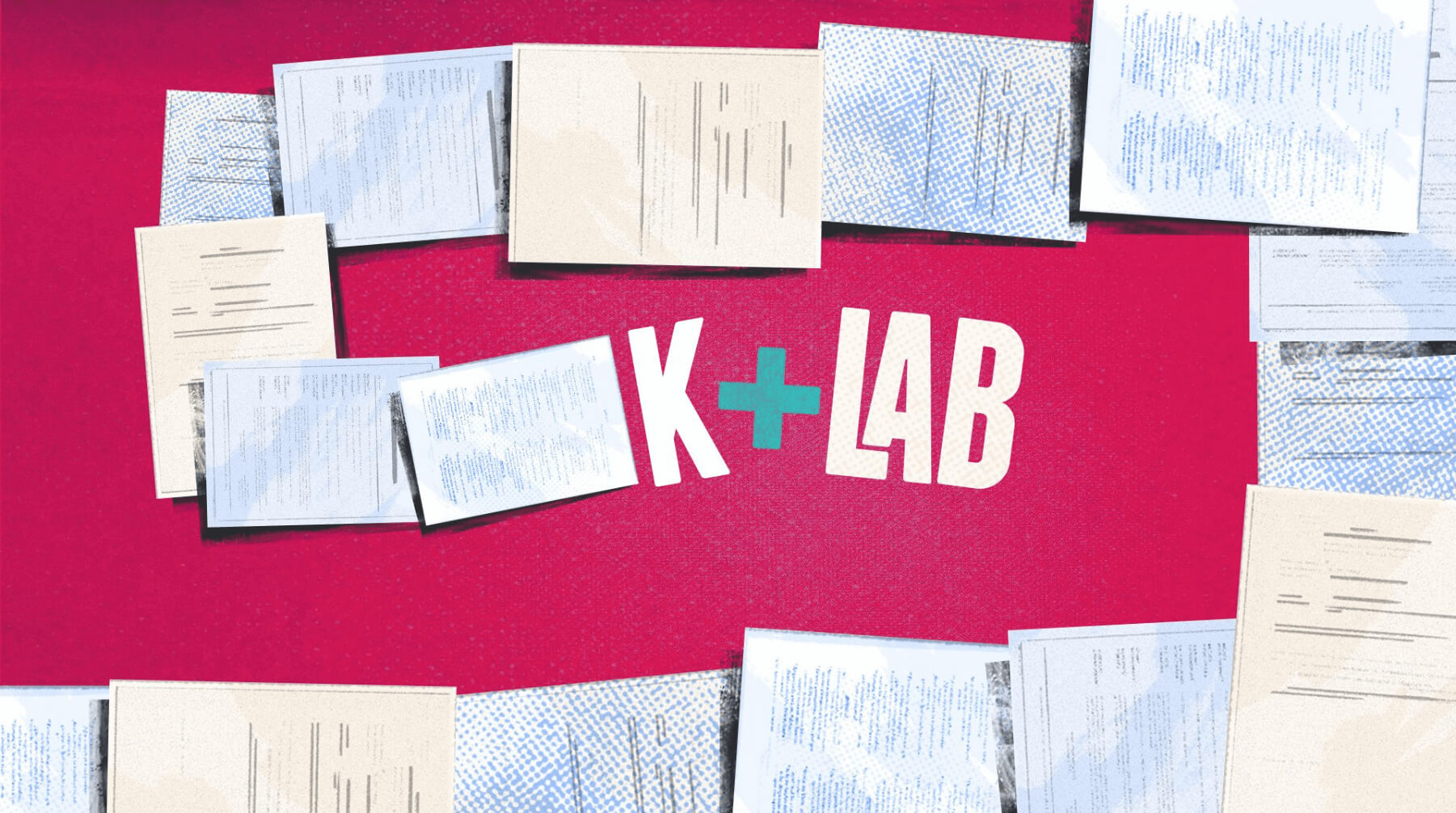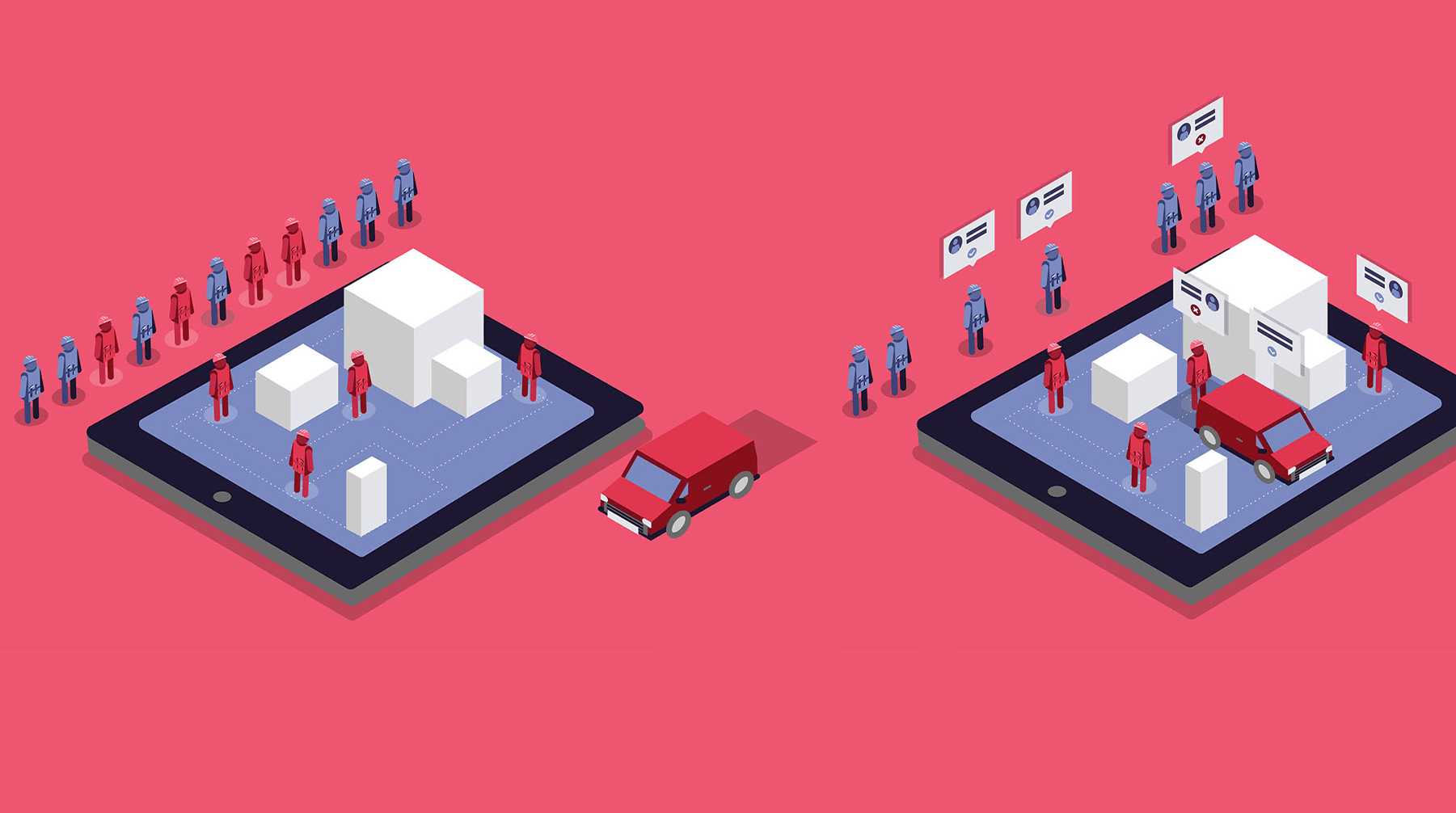AI in Video Production
Marketing tips
Pigeon Studio
13.09.2024
5 MINUTES
The advances in artificial intelligence have made headlines throughout the world. From writing to medicine, these advances have substantial ramifications for the future of many industries. This is certainly true for video animation and production as well.
In just a short time span, AI has gone from producing still images to creating minute-long videos that demonstrate complex choreography and movement, and this achievement can't be understated.
This article will delve deep into the world of AI in video production from its strengths to its downsides and the ethical considerations involved in using AI. If you are wondering if AI is the right answer for your project, this article goes over everything you need to know.

The Strengths of AI in Video Production
- AI Is Affordable
AI is incredibly affordable. This is by far its biggest strength and the primary reason it has taken off. Video animation and production is a complicated job that takes days to weeks of painstaking work to produce a single professional video. Generative algorithms can produce a video in a matter of hours if not minutes at a fraction of the cost.
- AI is Improving Very Rapidly
Though AI is still seeing very limited use in commercial video production, the technology is advancing rapidly. The generation capacity and quality possible now was unobtainable just a few months ago, and there's no telling what the future will hold.
Whether you are a client/consumer looking to take advantage of AI technologies or an animation company/video production studio looking to incorporate AI into your processes, this is simply a field you can't ignore.
- AI Can be Incorporated Into Video Production in a Variety of Ways
Although much of the focus has been on the use of artificial AI to generate video content, it is not how it is being prominently used at the moment. There are many efficient and creative ways that AI is being incorporated into the video production process:
A prominent example is the use of AI in video editing. Many video editing software have started incorporating AI, albeit to a limited extent, in their pipeline. AI helps fill out missing details, smooth out specific frames, and perform several miscellaneous tasks like color correction. This can save video producers, artists, and editors valuable time.
The Weaknesses of AI in Video Production
AI certainly has strengths and is seeing increased use in professional video production, but the technology is still in its infancy and has glaring weaknesses. If you are looking to incorporate AI into your project, you should be familiar with these weaknesses to make a more informed decision.
- AI Video Content Is Derivative
Despite the seemingly impressive results, AI algorithms don't have any creative process. The videos they produce are largely an amalgamation of the data that has been fed into them. This makes the end product highly derivative and unoriginal.
How much this matters largely depends on the industry. In marketing, for example, you want your video to be unique. To stand out and immediately grab the viewer's attention. If your video is a nondescript blend of TV and internet ads of the past decade, it likely won't succeed.
- The Editing Process Using AI Algorithms Is Unreliable
Machine learning, and especially generative artificial intelligence, tackles tasks in a fundamentally novel way that's unlike how traditional software programs. Instead of taking direct instructions from its programmers, an AI program includes a self-improving algorithm that has been trained on a massive set of data. The algorithm is "rewarded" for producing good results and "penalized" for producing bad results, with the ultimate goal of improving to such a degree as to make AI video production possible.
Due to this result-oriented approach, the developers of the algorithm themselves don't fully understand how it works. Tweaking and developing it is largely a process of trial and error.
This has meaningful implications for end users. You can almost exclusively interact with the algorithm with text prompts, which is imprecise. Though most modern algorithms can understand and carry out simple prompts, it can be close to impossible to get them to follow instructions regarding the minutiae of the video.
From the lighting to the scenery and branding, you'll likely have to try hundreds of prompts to approximate an acceptable result for each element. This is both costly and impractical.
- AI Tools Are Still in Their Infancy
Despite the recent advances in artificial intelligence, the tools still remain primitive. Many lack critical features like editing, post-processing, and much more. And those that have it are only offering rudimentary iterations of said features.
This puts a very real limit on what's possible with AI at the moment - longer more cohesive videos, minute editing, and commercial video content are a small list of areas where the AI tools currently available can't produce the desired quality.
Should You Use AI Video Generators for Your Project?
Though it is slowly starting to see expanded use, leveraging artificial intelligence in commercial projects is still a contentious issue. AI has glaring weaknesses that make it impossible to create engaging video content without extensive human input, but the incorporation of AI technology can cut down on costs substantially.
Here are a few factors to consider before using AI in content creation:
- The purpose of the project
Are you creating a marketing video or an educational video? Maybe it is a creative video for a non-governmental organization? For marketing, higher video production standards are expected, as video marketing campaigns are quite expensive, and substantial returns are expected.
For educational videos, the focus is far more on how well the video communicates ideas rather than the quality of the video production itself, so there is more room for experimentation.
Before committing to using AI in your project, carefully consider the purpose of your project, the reaction of the audience, and the acceptability of using AI in your industry. This can help you gauge whether or not using AI is worth it.
- The budget of the project
At the time of writing this article, generative AI is still at a primitive stage, and automating tasks using AI, while cutting down on costs, doesn't produce the quality of work humans do. As such, using AI solutions is mostly seen as a cost-saving measure.
If you want to cut down on costs, you can rely on an AI video generator if you know the risks involved. If you have a substantial budget at your disposal, however, while you can still rely on machine learning and AI, you can augment this with expert input to obtain a much better end product.
- The video production process
Instead of replacing humans, AI has instead augmented the work humans do as video producers. Today, some of the most potent ways of using AI include incorporating it into post-production workflows to speed up menial tasks and perform clean-up duties.
If you are looking to use AI to completely generate content, you probably won't have much luck, especially if the video is going to be used for commercial purposes. If, on the other hand, you are looking to use AI alongside the work of professional animators and video producers, you can obtain some striking results. It is all about setting the right expectations.
Conclusion
AI video production and editing is an exciting frontier technology that can transform the industry. There are rapid developments and many encouraging signs that indicate a bigger role for AI in video creation in the future. However, AI technologies still have glaring flaws that you need to be aware of, and this article has hopefully shed light on both sides of the story.
AI in Video Production FAQ
How Is AI Used in Video Production?
After recent advances in artificial intelligence technology, AI has started seeing experimental use in video production. This ranges from editing software including AI to help manage menial tasks to generative algorithms that produce full-length videos. At the moment, however, the best use of AI is as a complement to the work of animators and video producers to speed up production.
Is There an AI that Can Make Videos?
Yes, modern AI models like Chatgpt can make videos, but the technology is at an experimental stage, and it is largely not available to the public yet. The best use of AI remains being used as a tool to complement the editing and post-production process.
Will AI Replace Video Production?
While the advances of AI are impressive, at this moment, the results it produces are rudimentary and unfit for commercial and general-purpose use. So, no, AI will not replace human involvement in video production!
Through motion, we translate brands, products, and ideas into captivating and impactful content.
Enter your email address:
